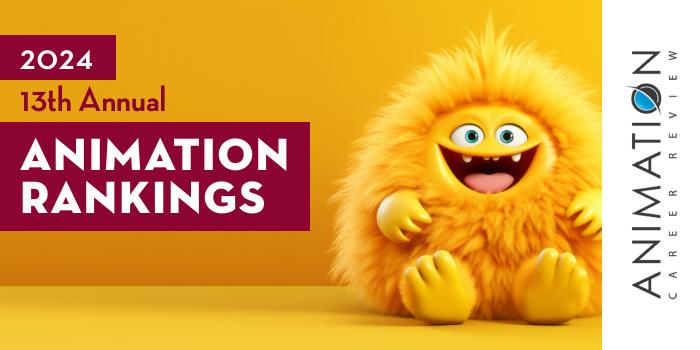The College of Design at North Carolina State University (NC State) launched in 1946 as the School of Architecture and Landscape Design. It was renamed the School of Design in 1948, and the College of Design in 2000. Today, the College of Design at NC State provides programs across six areas at all degree levels. This includes the doctorate.
In addition to a variety of programs, the NC State College of Design provides an interdisciplinary first-year experience; workshops; swing studios in other majors; internship opportunities; and study abroad experiences in places such as Prague, Chile, and Greece.
The College of Design at NC State also has several paths to study animation. Housed in the College’s Department of Media Arts, Design and Technology are the Bachelor of Art + Design (BAD); Masters of Art + Design (MAD); and the Art + Design minor. This 15 credit hour program consists of courses such as Three-Dimensional Design; Animation; Sequential Imaging; Animation; and Color and Light.
Programs in the Department of Media Arts, Design and Technology are highly multidisciplinary, allowing students to study both traditional disciplines and emerging techniques. Examples include animation, VR/AR, visual effects, interactive and computational media, and visual composition. Electives provide additional opportunities to focus the BAD. Examples of required courses and elective options include Creative Technology Studio I-III; Digital Modeling; Animation I; Art + Design Laboratory I-II; Digital Representation; Visualization I-II; Advanced Digital Techniques; Drawing I-II; Writing About Film; Digital Motion; Sequential Imaging; Digital Modeling, Color and Light; and Digital Representation.
Students in the NC State BAD program will progress from foundation courses in their first and second years to intermediate and advanced courses in the final two years of the program. Students will leave the BAD program with a final project and a professional portfolio of their work.
The Masters of Art + Design program at North Carolina State University emphasizes experimental media arts. The program provides the same opportunities to study animation as the BAD program, including a variety of elective options to enhance the degree. Examples include 3D Animation; Creative Coding; Sequential Imaging; Special Effects; Digital Motion; Seminar in Animation; Visualizing Narrative; Digital Modeling; and Business of Design.
Depending on their background, MAD students also have opportunities to select from three tracks: Track 1 (30 credit hours); Track 2: 48 credit hours; and Track 3: 72 credit hours. Track 1 is designed for students with a strong background in interactive and experimental arts. Track 2 is ideal for students with an undergraduate degree in interactive and experimental media. These students are likely seeking initial studios to explore new theories and concepts for their final projects. Track 3 is for students who do not have a strong background in interactive and experimental media arts. Though these students may have a degree in another area, they will need to spend the first year taking advanced undergraduate courses.
For all MAD tracks, the final year provides the opportunity to produce a project in animation, interactive media, or other area of the students choosing. Students who choose not to complete a project may, instead, produce a research-based study or paper.
Graduates of the Art + Design programs at North Carolina State University are prepared for leadership positions and others in fields such as animation, digital special effects, multimedia, illustration, filmmaking, and software design. Some graduates go on to launch their own studios and freelance businesses, while others become art and design educators at major colleges and universities.
North Carolina State University employs 9,000 faculty and staff members that serve more than 36,000 students, making it the largest university in the University of North Carolina System and one of the largest employers in the state. Established in 1887 as a land-grant institution focusing in agriculture and engineering, NC State provides more than 300 degree programs across 11 colleges, 68 departments, and The Graduate School. North Carolina State University is accredited by the Southern Association of Colleges and Schools Commission on Colleges (SACSCOC).







